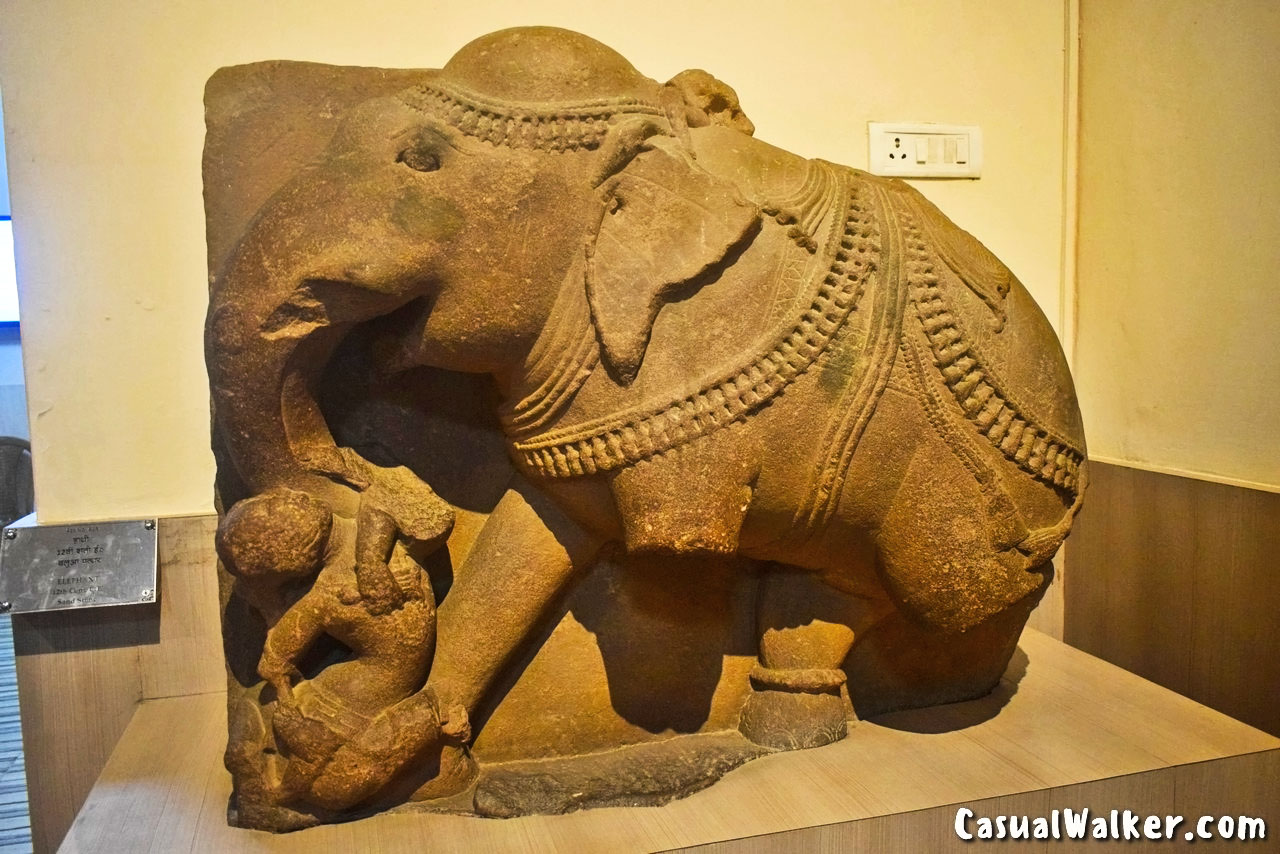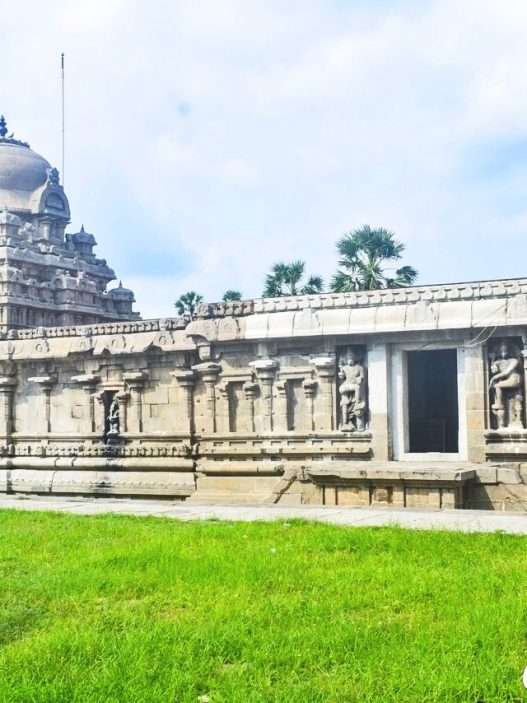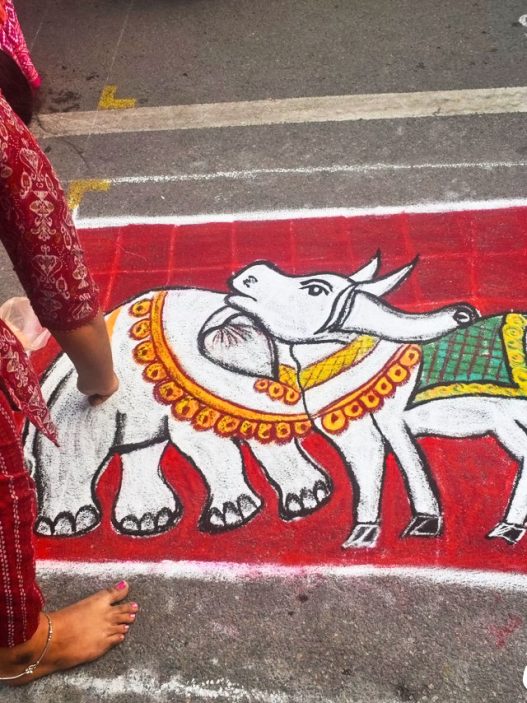Sarnath Archaeological Museum, Varanasi, Uttar Pradesh: India’s Oldest Site Museum – Showcasing Lion Capital of Ashoka, India’s National Emblem & 3rd-century Buddhist sculptures, terracottas, and pottery / Where Lord Buddha delivered his first sermon : Visit, Timings, History, Ticket Price, Contact Information, Travel Guide (Update)
– museum showcases the grandeur of ancient Indian art and culture
The Archaeological Museum, Sarnath, established in 1910, stands as a treasure trove of Indian history and spirituality. Built by the Archaeological Survey of India (ASI) to preserve antiquities unearthed during excavations at Sarnath, the museum showcases the grandeur of ancient Indian art and culture.

Located about 10 km from Varanasi, Sarnath holds a place of immense importance as the site where Lord Buddha delivered his first sermon after enlightenment, marking the birth of Buddhism.
Step into the museum and explore its five meticulously curated galleries, each showcasing artifacts from different periods. The museum has around 6,832 sculptures and artefacts.
Begin your journey in the northernmost gallery, Tathagata, where the serene images of Buddha evoke a sense of sublimity and tranquility. Continue to the Triratna gallery, a treasure trove of Buddhist deities and related objects, radiating an ethereal beauty.
In the Trimurti gallery, marvel at the magnificent displays of the Yaksha figure, along with images of the Trimurti (Lord Brahma, Lord Vishnu, and Lord Mahesh), Surya, Saraswati, Mahishasura Mardini, and more.
Finally, in the southernmost gallery, Ashutosh (dedicated to Shiva), delve into exhibits of Brahmanical deities in their various forms, including Vishnu, Ganesh, Kartikeya, Agni, Parvati, the Navagrahas, Bhairava, and the colossal Andhakasuravadha. Each gallery offers a unique glimpse into the rich artistic and spiritual heritage of ancient India.


Architectural Design of the Museum
The concept for the Archaeological Museum was envisioned by Sir John Marshall, the then Director-General of ASI, and designed by James Ransome, a consulting architect to the Government of India. Inspired by a monastery’s structure, the sandstone building features five galleries and two verandahs that harmoniously showcase the artifacts within. This design mirrors the serenity and spiritual ambiance of Sarnath itself.
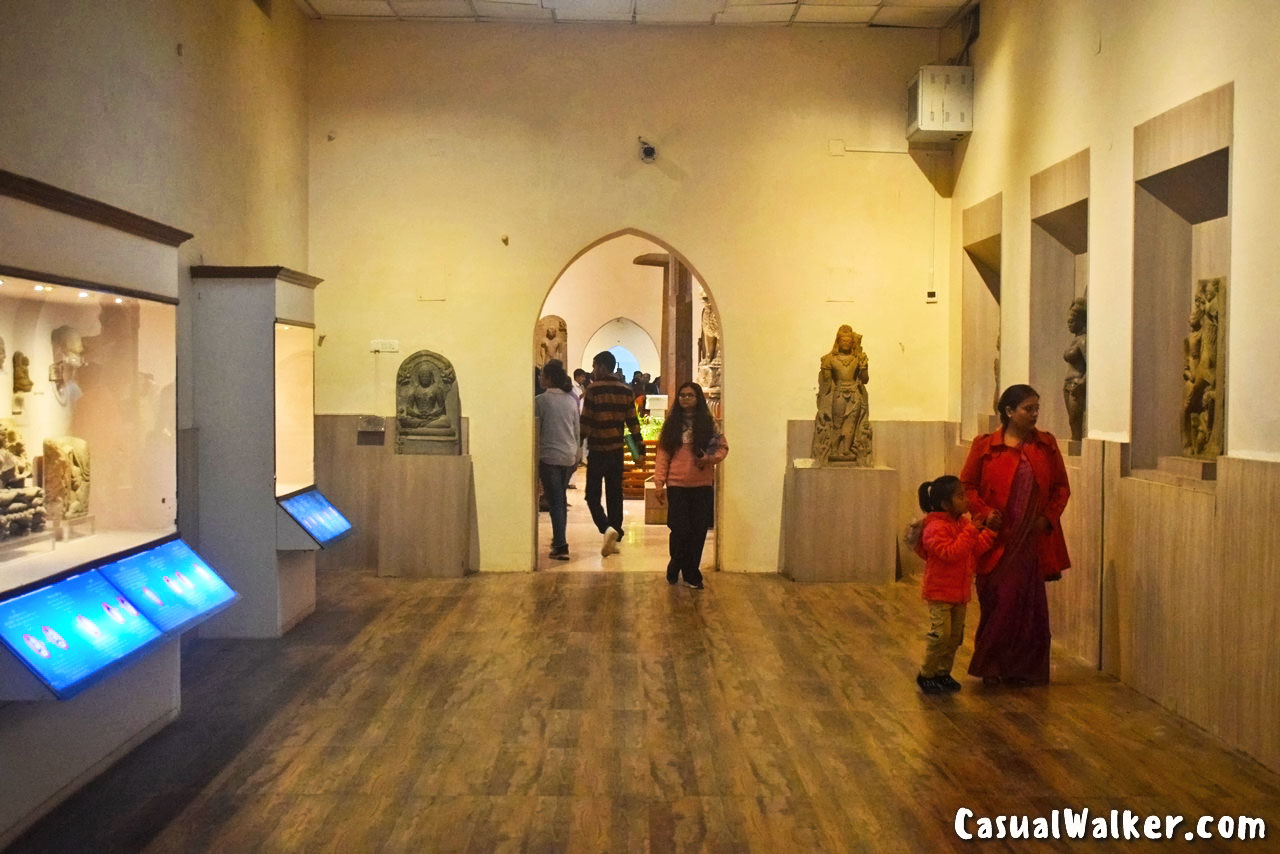

Iconic Artifacts of Sarnath Museum
The museum’s collection spans from the 3rd century BCE to the 12th century CE, featuring sculptures, terracottas, pottery, and decorated bricks. Notable exhibits include:
The Lion Capital of Ashoka
A masterpiece of the Mauryan Empire, this iconic artifact serves as India’s National Emblem. Its intricately carved lions symbolize power, unity, and faith.


The Gupta-era Buddha Preaching Statue:
This serene sculpture depicts the Buddha delivering his first sermon, embodying the spiritual essence of Sarnath.


Visitors can also marvel at Jain Tirthankara statues, intricate terracotta work, and figures of birds, animals, and deities like Goddess Tara and Bodhisattvas.
Sarnath: The Spiritual Cradle of Buddhism
Sarnath is a revered site in Buddhist history. After attaining enlightenment at Bodh Gaya, Lord Buddha traveled to Sarnath’s Mrigadava Deer Park to share his profound wisdom. Here, he delivered his first sermon, unveiling the Four Noble Truths and setting the Dharma Chakra in motion.


This sacred event also marked the formation of the Buddhist Sangha (monastic community), with Buddha’s first five disciples—Kaundinya, Vappa, Bhadriya, Mahanaman, and Asvajit—spreading his teachings across regions.
Iconic Monuments at Sarnath
Dhamekh Stupa
Built in 500 CE, this towering structure commemorates the site of Buddha’s first sermon. Originally commissioned by Emperor Ashoka in the 3rd century BCE, it symbolizes enlightenment and the Eightfold Path.

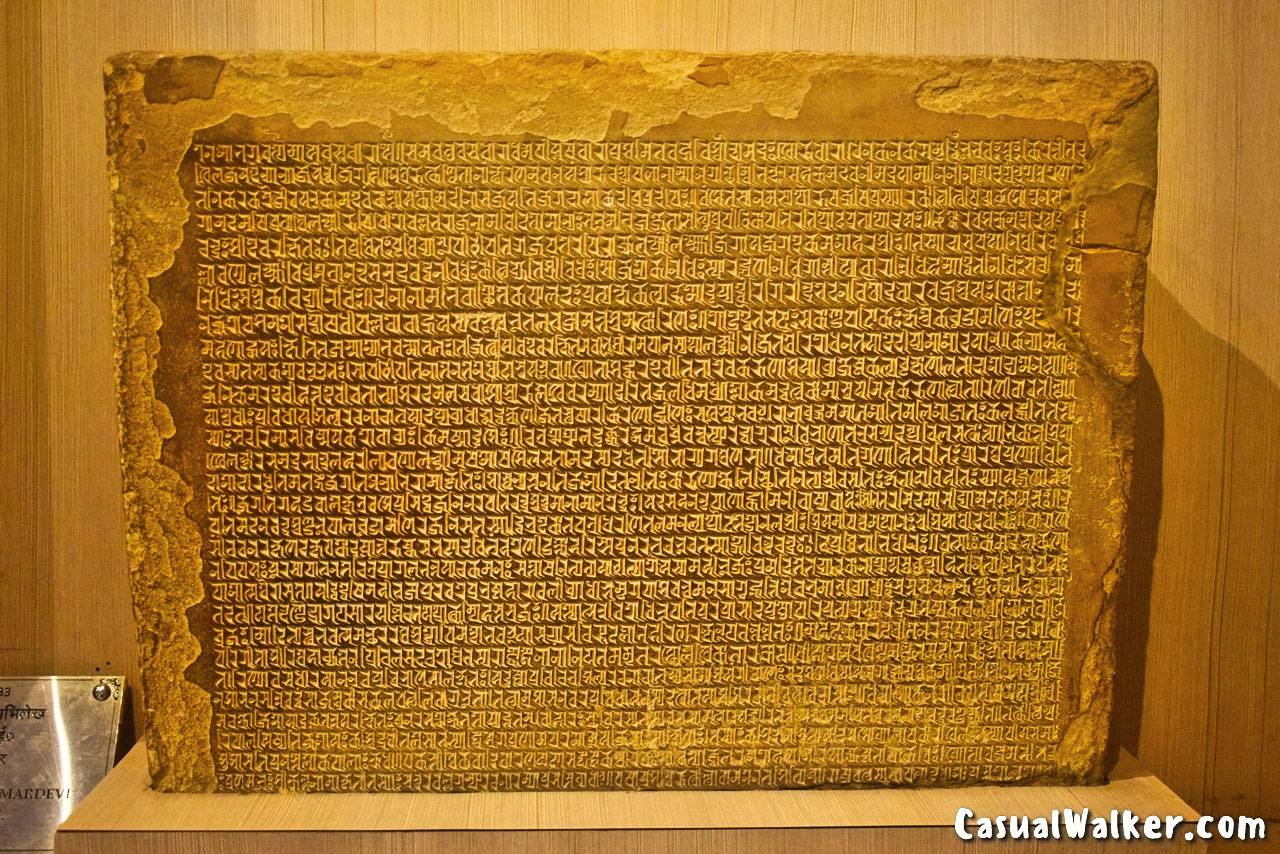
Ashoka Pillar
Erected around 250 BCE, this pillar features four majestic lions atop a base engraved with the Dharma Chakra, now depicted on India’s national flag. Intricate carvings of animals and a blooming lotus add to its spiritual symbolism.
Unveiling Sarnath’s Hidden Past
After flourishing during the Kushan and Gupta periods, Sarnath declined due to invasions and was forgotten until the late 18th century. Rediscovery began with the 1794 excavation of the Dharmarajika Stupa and continued with major contributions from:
Alexander Cunningham (1834–36): Unearthed stupas, monastic ruins, and the Ashoka Pillar.
Friedrich Oertel (1904–05): Excavated the main shrine and significant Buddha sculptures.
John Marshall (1907–08): Discovered additional monasteries and hospital ruins, emphasizing the site’s cultural importance. Recognizing the significance of these discoveries, the government established the Sarnath Archaeological Museum in 1910 to preserve its rich heritage.


Sarnath Through the Ages
Sarnath thrived as a spiritual hub during various eras:
Kushan Period: Renowned for Bodhisattva statues.
Gupta Era: Produced exquisite sculptures of Buddhist deities.
Jain Significance: Associated with Shreyansanatha, the 12th Tirthankara, who attained liberation here.


A Beacon of Enlightenment
Sarnath remains a profound spiritual destination, attracting pilgrims and travelers worldwide. As one of the four key Buddhist pilgrimage sites, alongside Lumbini, Bodh Gaya, and Kusinagara, it embodies the legacy of Buddha’s teachings.
For those seeking a deeper connection to history, culture, and spirituality, Sarnath is a must-visit destination, where every monument and artifact tells a timeless story.


Sarnath thrived as a spiritual hub during various eras:
Kushan Period: Renowned for Bodhisattva statues.
Gupta Era: Produced exquisite sculptures of Buddhist deities.
Jain Significance: Associated with Shreyansanatha, the 12th Tirthankara, who attained liberation here.

A Beacon of Enlightenment
Sarnath remains a profound spiritual destination, attracting pilgrims and travelers worldwide. As one of the four key Buddhist pilgrimage sites, alongside Lumbini, Bodh Gaya, and Kusinagara, it embodies the legacy of Buddha’s teachings.
For those seeking a deeper connection to history, culture, and spirituality, Sarnath is a must-visit destination, where every monument and artifact tells a timeless story.

Why Visit Sarnath?
Sarnath provides a unique opportunity to explore the origins and growth of Buddhism. Its key attractions include:
Dharmarajika Stupa
Dhamekh Stupa
Chaukandi Stupa
Ashoka’s Pillar
Archaeological Museum
Deer Park
Excavated Sites and Monasteries
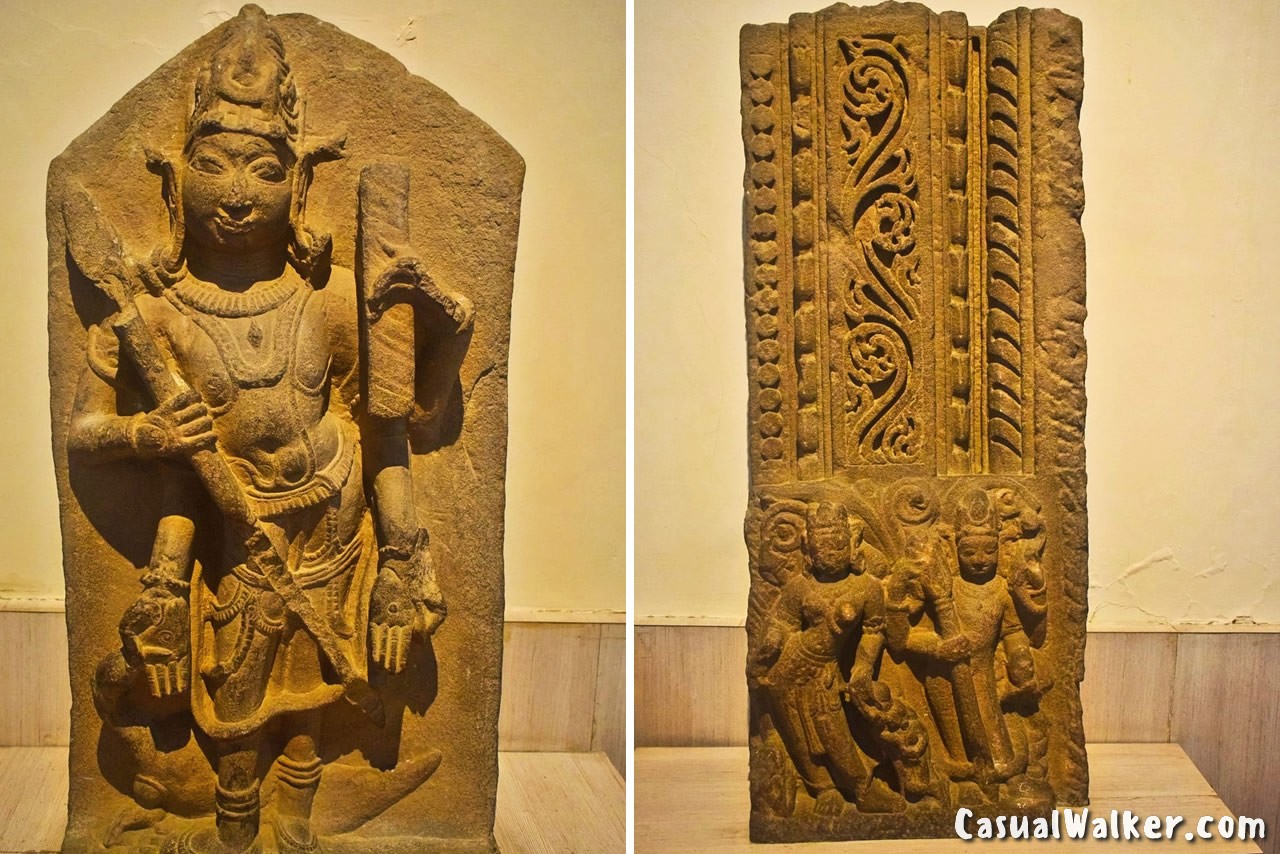
As a living testament to the history of Buddhism, Sarnath attracts pilgrims, historians, and travelers from around the world. This sacred site holds profound spiritual and archaeological significance, offering a chance to connect with the timeless teachings of Lord Buddha and the enduring legacy of Buddhism. Whether you seek spiritual solace or a deeper exploration of India’s rich cultural heritage, Sarnath promises an unforgettable journey.
Travel Tips for visit Archaeological Museum Sarnath, Varanasi
The Archaeological Survey of India diligently oversees the management of Sarnath, ensuring visitors can explore its treasures from the break of dawn until dusk. Information boards strategically placed at excavated sites offer valuable insights into the rich history enshrined within these hallowed grounds.
Archaeological Museum Sarnath Address:
Archaeological Museum Sarnath
Sarnath Museum, Archaeological Site Museum,
Saranth Station Rd, Sarnath, Varanasi, Uttar Pradesh 221007
Archaeological Museum Sarnath Contact Number: 0542 2595095
Archaeological Museum Sarnath Official Website: http://www.sarnathmuseumasi.org
Archaeological Museum Sarnath, Varanasi Timings:
Open on all days
Museum Opening & Closing time are 9.00 AM to 6.00 PM
Closed on Friday
Excavation Sarnath Site Opening time Sun rise to Sun set.
Entrance Fee INR 25 for Indian, INR 100 for Foreigners
How To Reach Archaeological Museum Sarnath, Varanasi:
By Road: Varanasi boasts well-connected roadways, providing travelers with various transport options. Whether you opt for a taxi, auto-rickshaw, or public bus, the journey from Varanasi city center to Sarnath is a mere 30-minute drive, promising convenience and accessibility.
By Train: Varanasi Junction, a bustling railway hub, links the region to major cities nationwide. Upon arrival, travelers can seamlessly transition to Sarnath via taxi or auto-rickshaw, with the station located approximately 12 kilometers from this sacred destination.
By Air: Touching down at Lal Bahadur Shastri International Airport, also known as Varanasi Airport (VNS), marks the beginning of your Sarnath adventure. With both domestic and international flights serviced, travelers can easily secure transport via taxi or hired car to reach the serene environs of Sarnath.









